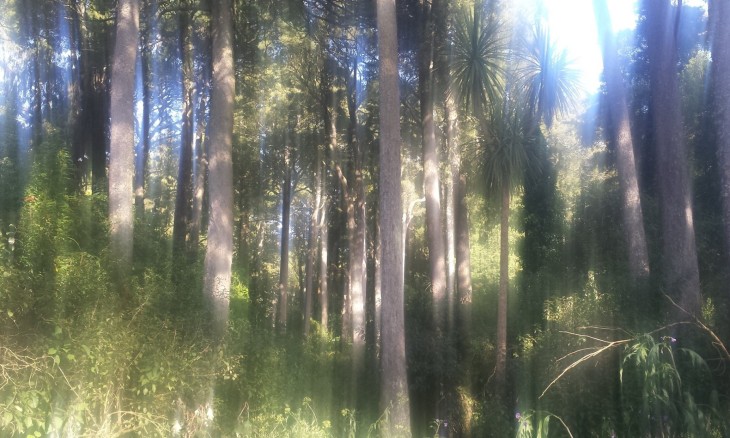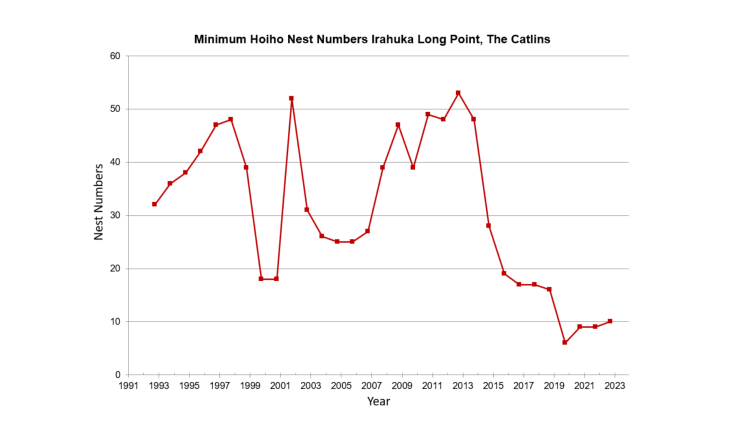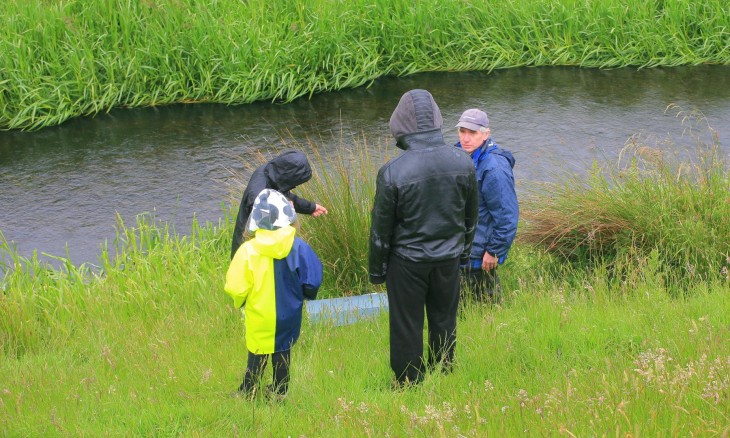The Catlins is seen as a haven for the natural world, but the reality is that we face the same environmental challenges as everywhere else in Aotearoa New Zealand.
Ongoing forest destruction

South Otago Forest & Bird was formed in 1978 as a response to concerns about the
widespread destruction of native forest in the Catlins. Felling of native vegetation is still
allowed, though not on the same scale as in the past. Forest ecosystems, however, are
increasingly threatened by introduced predators including rats, stoats and possums. We
are also becoming increasingly aware of the damage caused by deer, pigs and goats,
which should be culled rather than protected for recreational purposes. Control of weeds
such as barberry, bramble and broom is vital. Volunteer efforts aren’t sufficient to win the
battle – there needs to be increasing involvement at local and national government level.
Need for protection of the marine environment

Despite increasingly desperate intervention measures, the number of mainland yellow-eyed
penguins has plummeted by more than 70 per cent in the last decade. Threats
to hoiho and other sea birds such as tītī include starvation, disease, predators, human
disturbance, and ocean heating and acidification.
Measures taken to protect hoiho will
also benefit other forms of marine life. At a local level we need strong regulations that
will prevent people, vehicles and dogs from stressing and even killing wildlife on beaches.
At a national level we need to change fisheries practices in order to reduce bycatch and
destruction of marine resources. After more than 30 years, the struggle to get marine
protection for the Catlins is still being blocked by fisheries interests at every turn.
Degradation of fresh water and wetland ecosystems

Water quality is generally good, except for the Owaka River which has problems with high
levels of nitrogen, phosphorus, turbidity and E. coli. Stock now have much less access to
waterways, although winter grazing can still be a problem. Riparian plantings by farmers
and volunteer groups are underway in many locations but these will only be effective
in reducing pollution if stock numbers and fertiliser use are controlled. Wetlands in the
area are still being drained. Just to the north of the Catlins, the Lake Tuakitoto wetland
hosts a range of rare or threatened species, but is itself threatened by pollution from the
surrounding farmland. Community groups and the Otago Regional Council are working
together in a major restoration programme.
